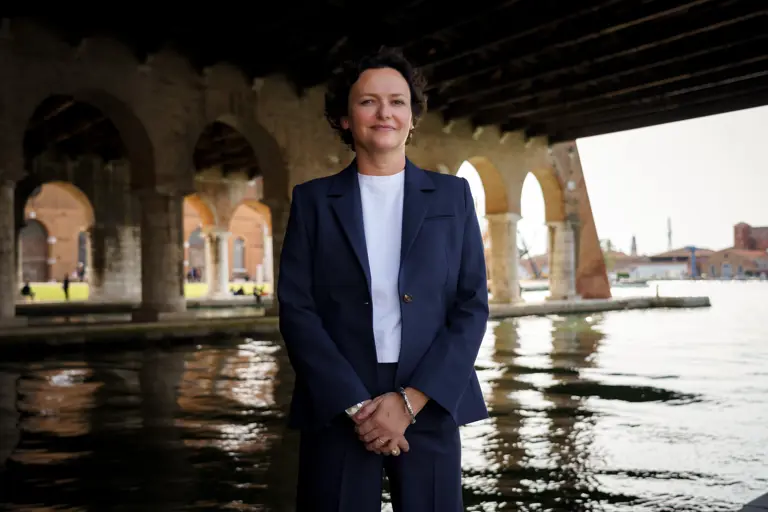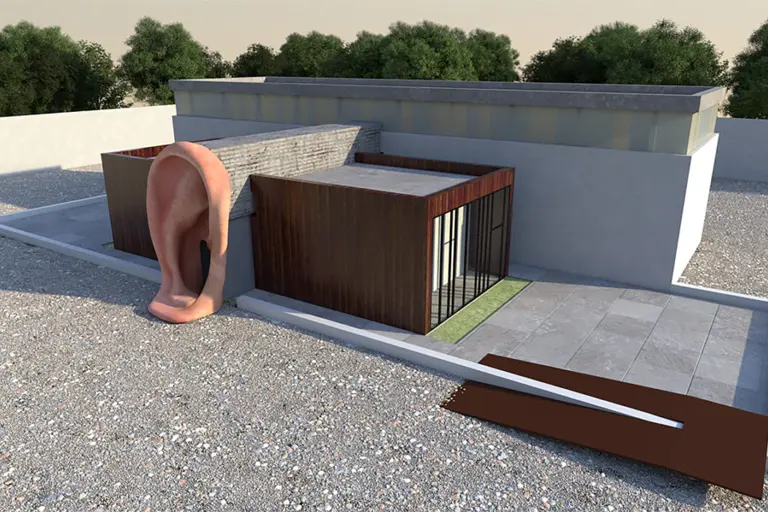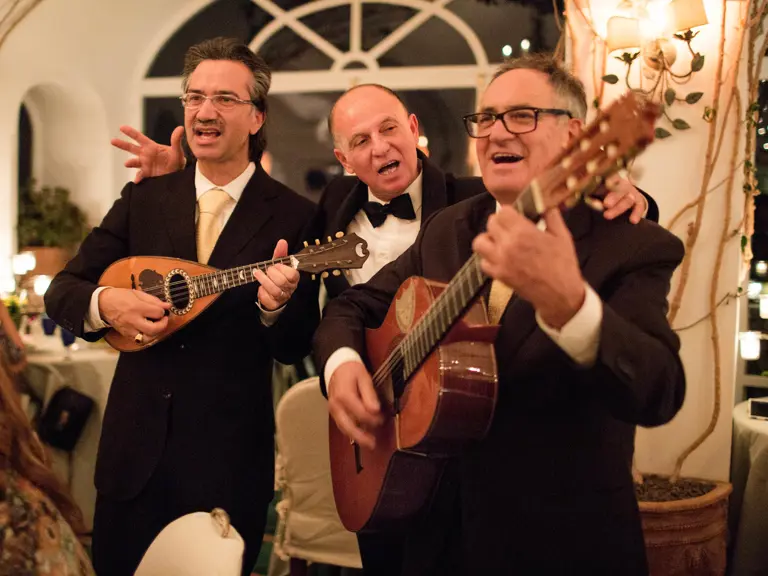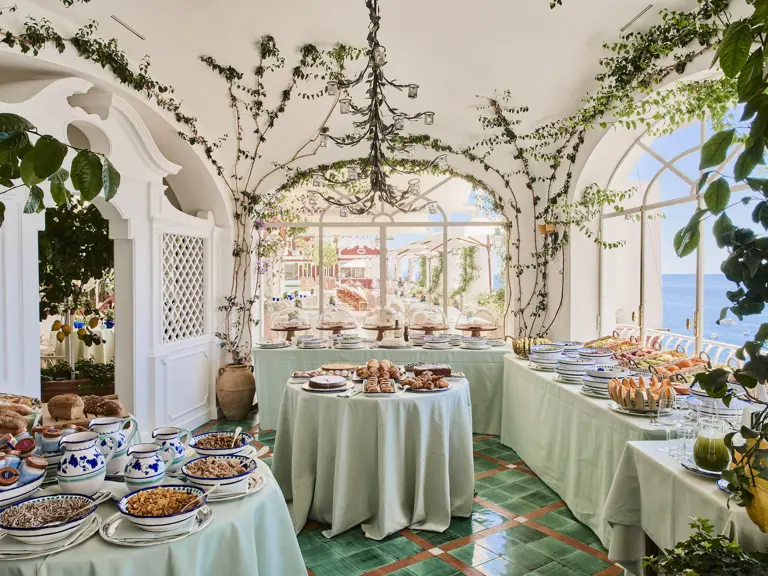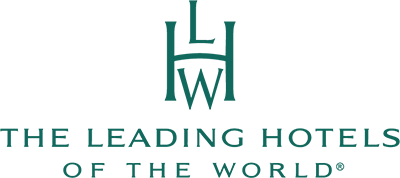THE LE SIRENUSE GUIDE TO THE 2022 VENICE ART BIENNALE
21.04.2022 ART & CULTURE
First held in 1895, Venice’s Art Biennale has evolved over the years from its origins as a kind of government-approved Italian artistic salon. Today, creative talents from across the globe are represented in the shows that spread out from the central hubs of the Giardini and Arsenale to venues across the waterbound city. At its best – and there are always highlights even in an average year – the works on display at the Biennale will challenge, protest, inform, intrigue or delight, sometimes all of those things together.
The three year gap since the last Biennale Arte means that the event will now happen in even years for the foreseeable future (2024, 2026…), with the Architecture Biennale filling the odd-year slots. It also means that Cecilia Alemani – the first Italian woman to be nominated as director of an Art Biennale – has had longer than usual to prepare the edition she has named The Milk of Dreams, after a children’s book by British surrealist artist Leonora Carrington.
As the three-day preview or vernissage unspools in the lagoon city, Le Sirenuse profiles the main Alemani-curated show and nominates three of this year’s national pavilions that you should definitely make time for when in Venice.
Main Exhibition: The Milk of Dreams
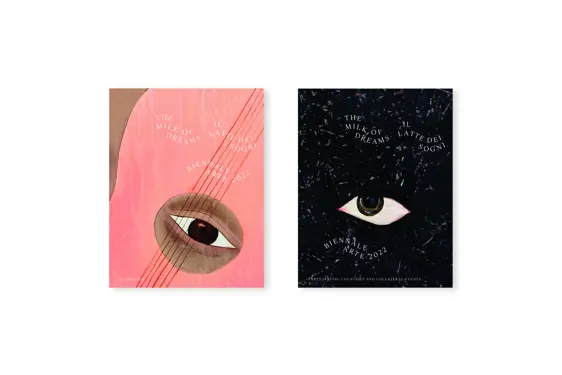
View
After an opening century during which its selections gave the impression that art was a mostly a male preserve, the Biennale began cautiously to address gender disparity in the 1990s. Alemani tips the balance fully in the opposite direction with a show in which of 90% of her chosen artists are female or non-binary.
These include Delcy Morelos, a Colombian whose vast installation Earthly Paradise in the Arsenale addresses Amerindian cultural and colonial history through the medium of smell – mixing soil with cocoa, tobacco and other fragrant but also contentious commodities. Another equally immersive work by Nigerian-American artist and writer Precious Okoyomon, at the end of the main show’s Arsenale route, fills a whole room with a vision of a post-human natural world where kudzu and sugar cane flourish amidst burbling streams, while butterflies (yes, real ones) flit around proud, silent figures made from wool, yarn, dirt and blood, that seem like statues from some long-forgotten jungle temple.
But Alemani, who is Chief Curator of the High Line Art Project in New York, also sets out to make reparations to all the creative women who were ignored by the Biennale and the art establishment over the years by presenting a series of historical ‘capsules’ – standalone rooms scattered along the Giardini and Arsenale visitor route – that showcase work by 19th and 20th century female artists, dancers, writers and even spirit mediums.
Three Pavilions to Bookmark
France
Zenib Sedira
Probing issues of the way stories and images help to forge a nation’s identity, as well as her personal experience of living between two cultures, French-Algerian artist Zenib Sedira’s absorbing installation Dreams Have No Titles is arranged like a series of studio interiors from an ongoing film shoot. Sedira taps into the fledgling Algerian film industry’s links with the Italian and French cinematic worlds in the 1960s and 1970s, soon after the North African country had broken free of French colonial rule. But the work also weaves in films made by Europeans – like Gillo Pontecorvo’s Battle of Algiers – that helped to both dramatise and externalise the trauma of the country’s bloody war of independence.
https://dreamshavenotitles.com
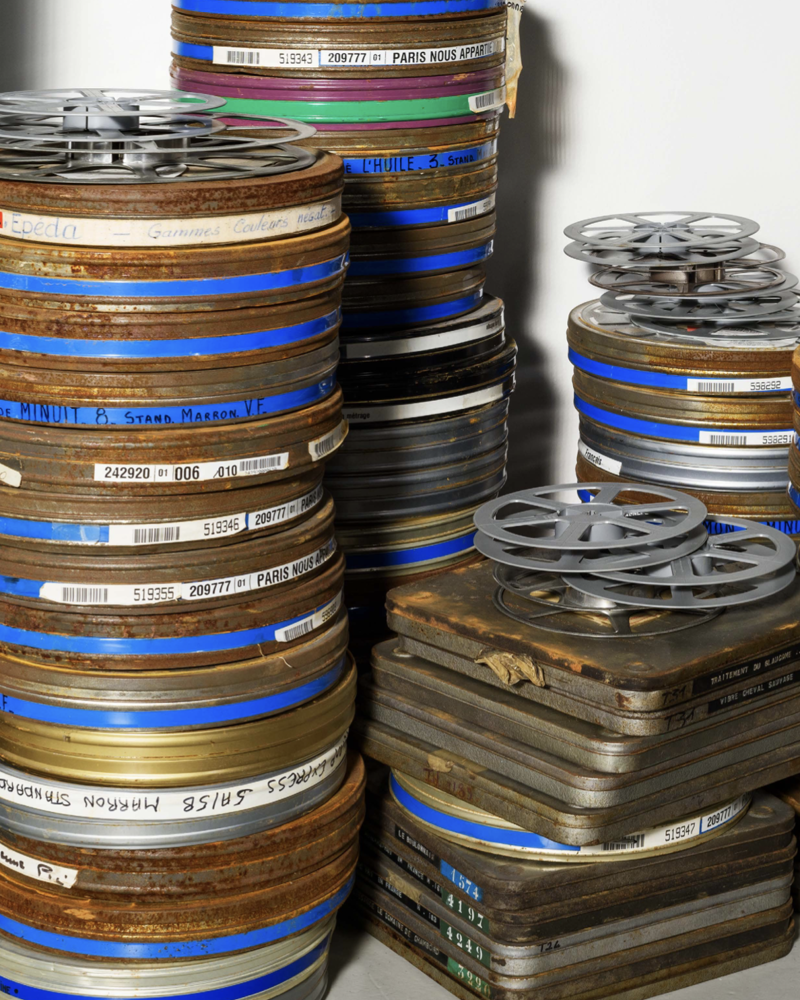
United States
Simone Leigh
In the course of a career spent making works about black women, for black women, sculptor and installationist Leigh has often confronted racist appropriations of African culture and the cult of the ethno-chic. In Venice, the US pavilion, built in the 1930s in the same neo-classical style favoured by the owners of slave plantations, itself becomes a subtly ironic work of art called Façade. Leigh has covered it in a thatch reminiscent of both traditional African dwellings and colonial grass-skirt-stereotypes of ‘native life’. Inside and out, a series of monumental sculptures by Leigh reference, in similarly multi-layered ways, black female experience and its appropriation.
https://simoneleighvenice2022.org
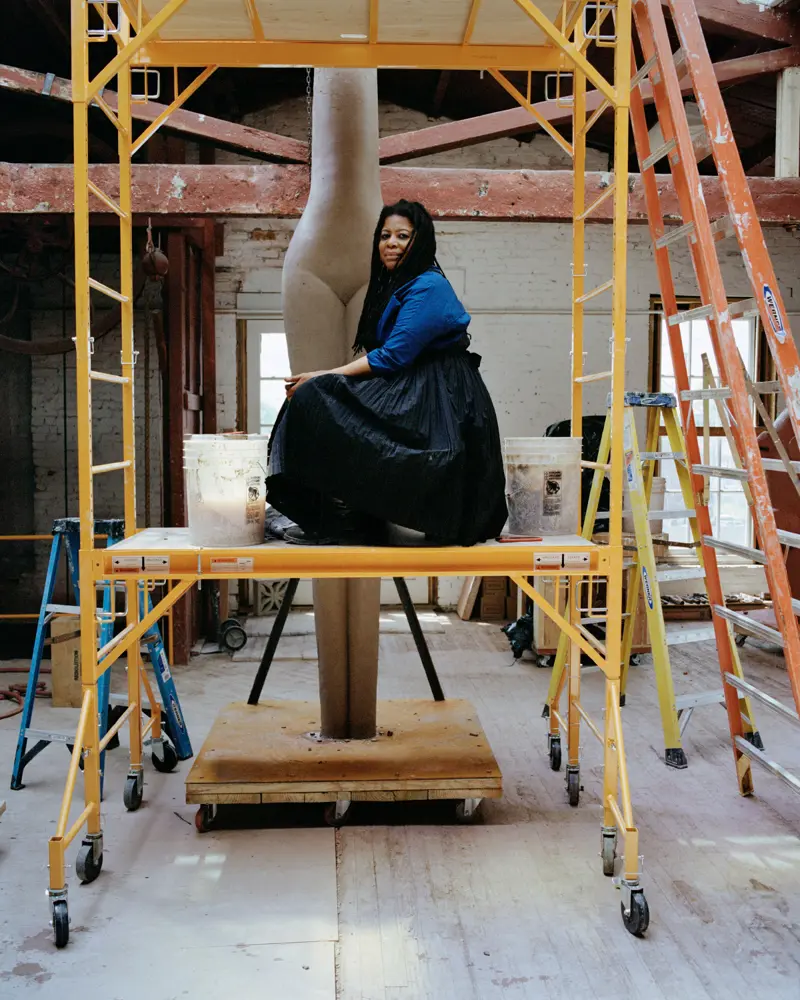
Collateral Events
The Art Biennale’s main venues are the Giardini gardens and former Arsenale naval shipyards in the eastern part of historic island Venice. But the rest of the city comes alive with art events at the same time – some of them staged in rented palazzos and other venues by countries that don’t have their own purpose-built national pavilions, others hosted by some of the city’s many museums, galleries and cultural institutions and foundations.
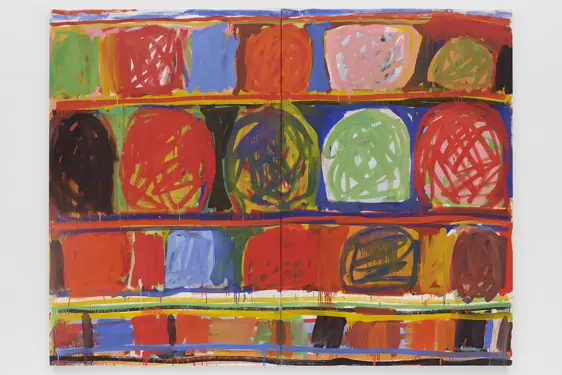
View
Among the latter, we’re very much looking forward to Anish Kapoor at the Gallerie dell’Accademia, Anselm Kiefer at Palazzo Ducale, the Marlene Dumas show Open End at Palazzo Grassi, the Surrealism and Magic survey at the Peggy Guggenheim Collection, Mary Weatherford’s The Flaying of Marsyas at one of our favourite Venetian historic house museums, Palazzo Grimani, the small but intriguing Joseph Beuys retrospective at the newly reopened Galleria di Palazzo Cini, and another of those fascinating conceptual shows that the Fondazione Prada specialises in, Human Brains – which is as much about neuroscience as it is about art. We’re also seriously excited about the show dedicated to Stanley Whitney, whose suite of paintings Jitterbug Waltz is one of our best-loved Artists at Le Sirenuse commissions. Focusing on the influence of Italy on the veteran US artist’s work, Stanley Whitney: The Italian Paintings runs at Palazzo Tieopolo Passi until 27 November.
But perhaps the standout ‘off-Biennale’ event for us is the Louise Nevelson survey at the Procuratie Vecchie – one of the three interconnected Venetian Republic administrative buildings that embrace Saint Mark’s Square. Off limits to the public for five centuries, they have been restored by David Chipperfield Architects and repurposed as the headquarters of the Generali insurance group’s new humanitarian foundation and exhibition venue. Timed to mark the 60th anniversary of the Ukrainian-born artist’s representation of the United States at the 1962 Art Biennale and supported by the Louise Nevelson Foundation, the show presents around sixty works created by Nevelson between the 1950s and 1980s, including a group of little-known collages.
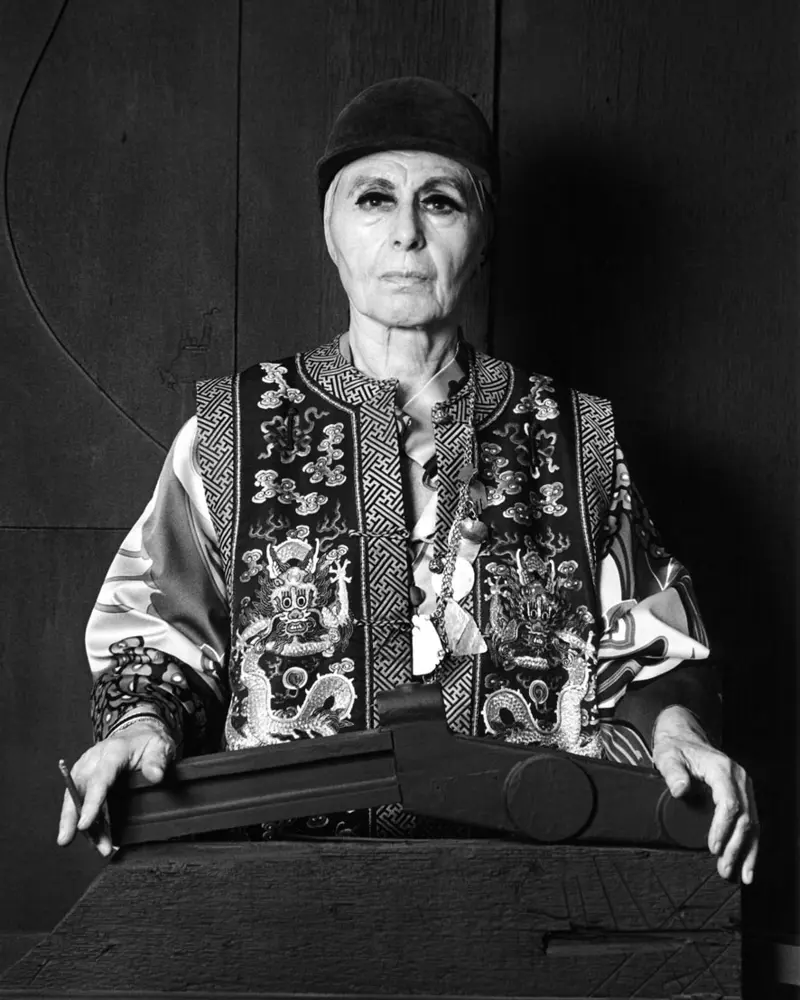
Doing the Biennale
The 2022 Art Biennale runs from 23 April to 27 November.
The main Giardini and Arsenale venues are open from 11am to 7pm until 25 September, then from 11am to 6pm. They’re closed on Mondays - except for 25 April, 30 May, 27 June, 25 July, 15 August, 5 September, 19 September, 31 October and 21 November.
Full admission is €25. Tickets allow one admission to the Giardini and one to the Arsenale - but these can be spread over more than one day.
You need at least two days to ‘do’ the Biennale properly, preferably three. In fact, why not make a week of it while you’re about it? In our books, three days in Venice followed by four in Positano is the perfect combo.
For more information, see www.labiennale.org/en/art/2022
Le Sirenuse Newsletter
Stay up to date
Sign up to our newsletter for regular updates on Amalfi Coast stories, events, recipes and glorious sunsets
